Germinating Elderberry Seeds – Elderberry Seed Growing Tips
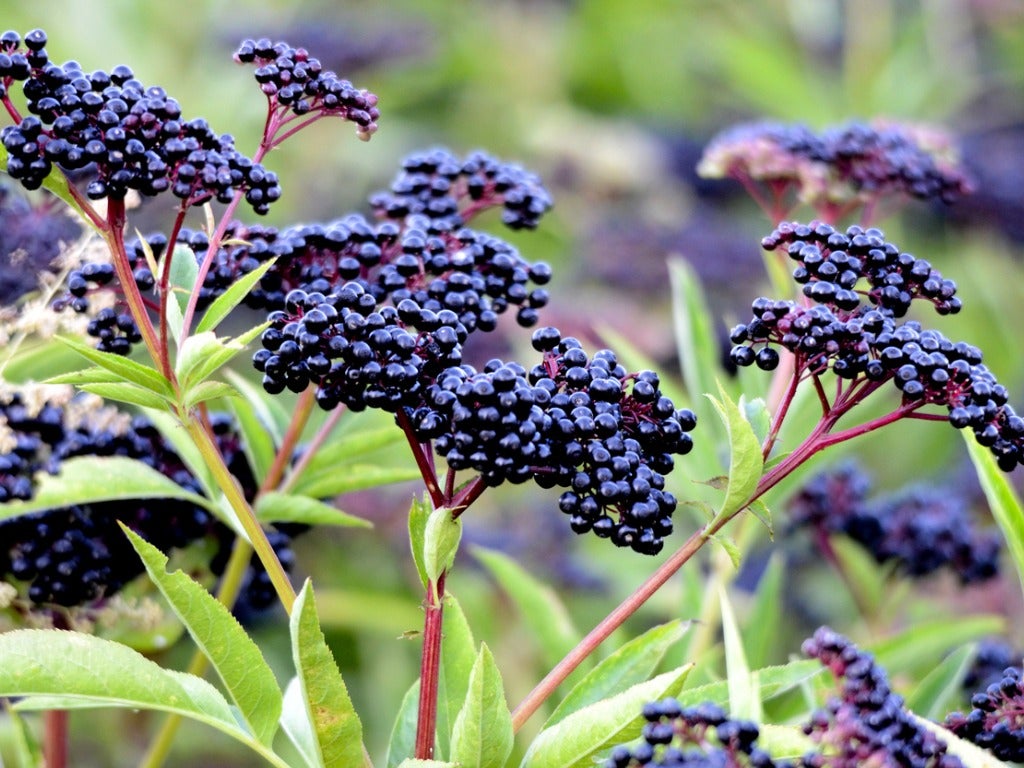

If you are cultivating elderberries for commercial or personal harvest, growing elderberry from seed may not be the most efficient way to go. However, it’s very inexpensive and entirely possible as long as you bring patience to the job. Elderberry seed propagation is a bit more complex than the same procedure with other plants. Be sure to read up on how to proceed with elderberry seed growing to avoid disappointment. Read on for all the information you need to propagate elderberry seeds.
Growing Shrubs from Elderberry Seeds
Pretty and practical, elderberry shrubs (Sambucus spp.) decorate your yard with showy flowers that later become dark purple berries. The shrubs can be propagated from cuttings, which produce plants that are biologically identical to the parents.
It’s also possible to get new plants by growing elderberry from seed. For those who have elderberry plants already, it’s easy and free to obtain seeds since they are found in every berry. However, plants produced from elderberry seed growing may not look like the parent plant or produce berries at the same time since they are pollinated by other plants.
Germinating Elderberry Seeds
Elderberry seeds have a thick, tough seed coat and what botanists call “natural dormancy.” This means that the seeds must obtain optimal conditions before waking up from their deep sleep. In the case of elderberries, the seeds must be stratified twice. This is not difficult, but it takes time, up to seven months to complete.
Elderberry Seed Propagation
The stratification required to start propagating elderberry from seed should mimic nature’s cycle. First, expose seeds to warm conditions – like the normal conditions found indoors – for several months. This is followed by winter temperatures for another three months.
Experts suggest you mix the seeds into a well-draining substrate like a mixture of compost and sharp sand. This should be moist but not wet and there should be enough to keep the seeds apart from one another.
Put the mixture and seeds into a large zip-lock bag and let it sit somewhere with temperatures of around 68 degrees F. (20 C.) for 10 to 12 weeks. After that, place it in the refrigerator at 39 degrees F. (4 C.) for 14 to 16 weeks. At this point, the seeds can be sown in an outdoor seedbed, keep moist and wait for the seedlings to appear. After a year or two, move them to their final location.
Gardening tips, videos, info and more delivered right to your inbox!
Sign up for the Gardening Know How newsletter today and receive a free copy of our e-book "How to Grow Delicious Tomatoes".

Teo Spengler is a master gardener and a docent at the San Francisco Botanical Garden, where she hosts public tours. She has studied horticulture and written about nature, trees, plants, and gardening for more than two decades. Her extended family includes some 30 houseplants and hundreds of outdoor plants, including 250 trees, which are her main passion. Spengler currently splits her life between San Francisco and the French Basque Country, though she was raised in Alaska, giving her experience of gardening in a range of climates.
-
 Looking For Plants To Give You The Soft And Fuzzies? Try These 5 Fuzzy Leaf Plant Options
Looking For Plants To Give You The Soft And Fuzzies? Try These 5 Fuzzy Leaf Plant OptionsLovers of texture, drama, silver foliage and tactile plants will adore these special sensory garden additions. These fuzzy leaf plant options will leave you all aglow
By Susan Albert
-
 Get Ready For A Summer Of Hummers! Grow These Full Sun Hummingbird Plants and Flowers
Get Ready For A Summer Of Hummers! Grow These Full Sun Hummingbird Plants and FlowersIf you’re lucky enough to enjoy a sunny backyard, make sure you are maxing out on your pollinator opportunities and grow these full sun hummingbird plants and flowers
By Tonya Barnett
-
 Elderberries Not Fruiting – How To Get Elderberry Fruit
Elderberries Not Fruiting – How To Get Elderberry FruitNo berries on elderberry? There may be a simple explanation. Read on for a helpful tips that may resolve the problem of elderberries not fruiting.
By Mary H. Dyer
-
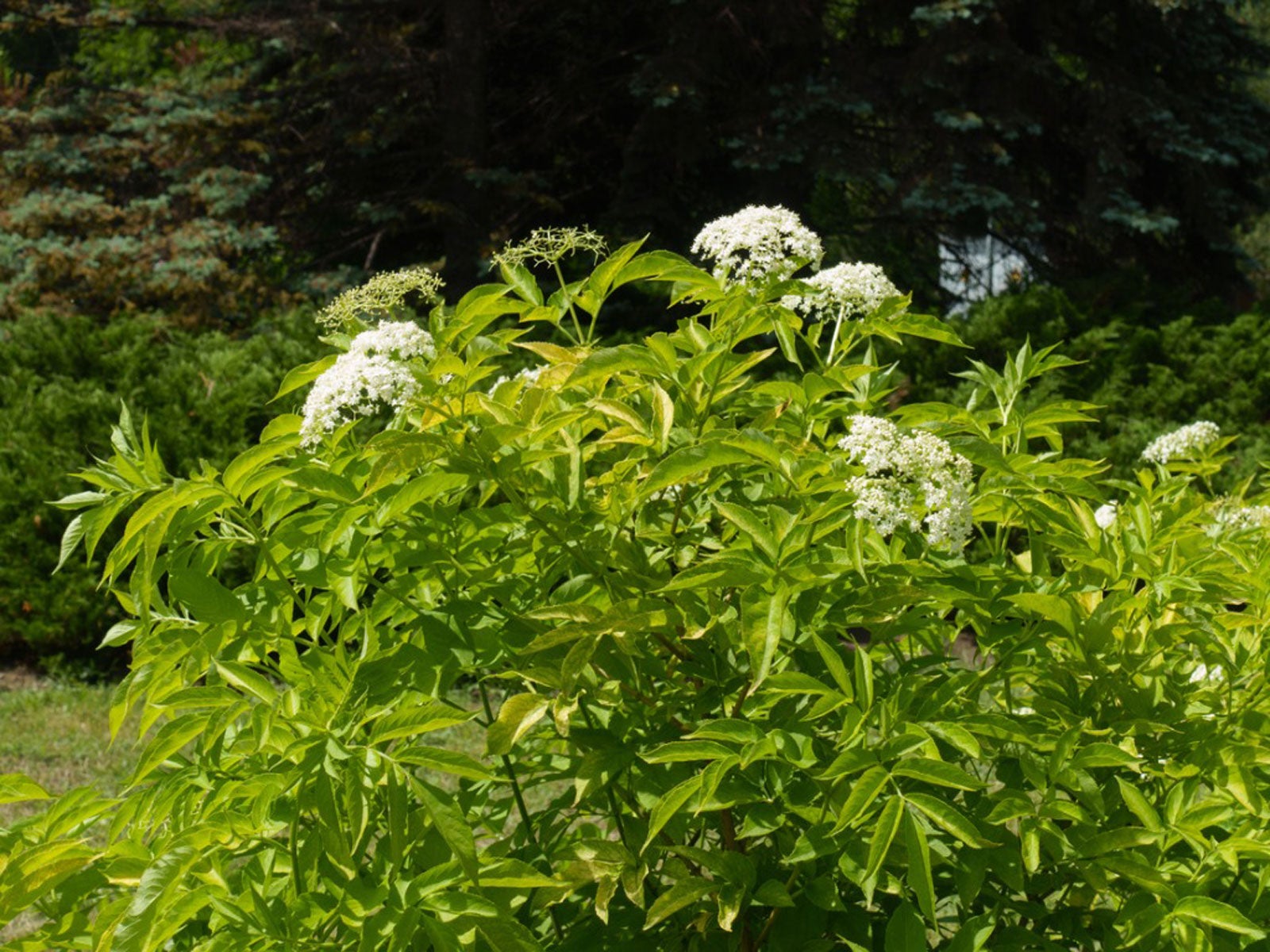 Transplanting Elderberries – How To Transplant Elderberry Bushes
Transplanting Elderberries – How To Transplant Elderberry BushesElderberry plants are attractive and productive. If you have a poorly sited shrub, moving an elderberry is not difficult. Get tips here.
By Teo Spengler
-
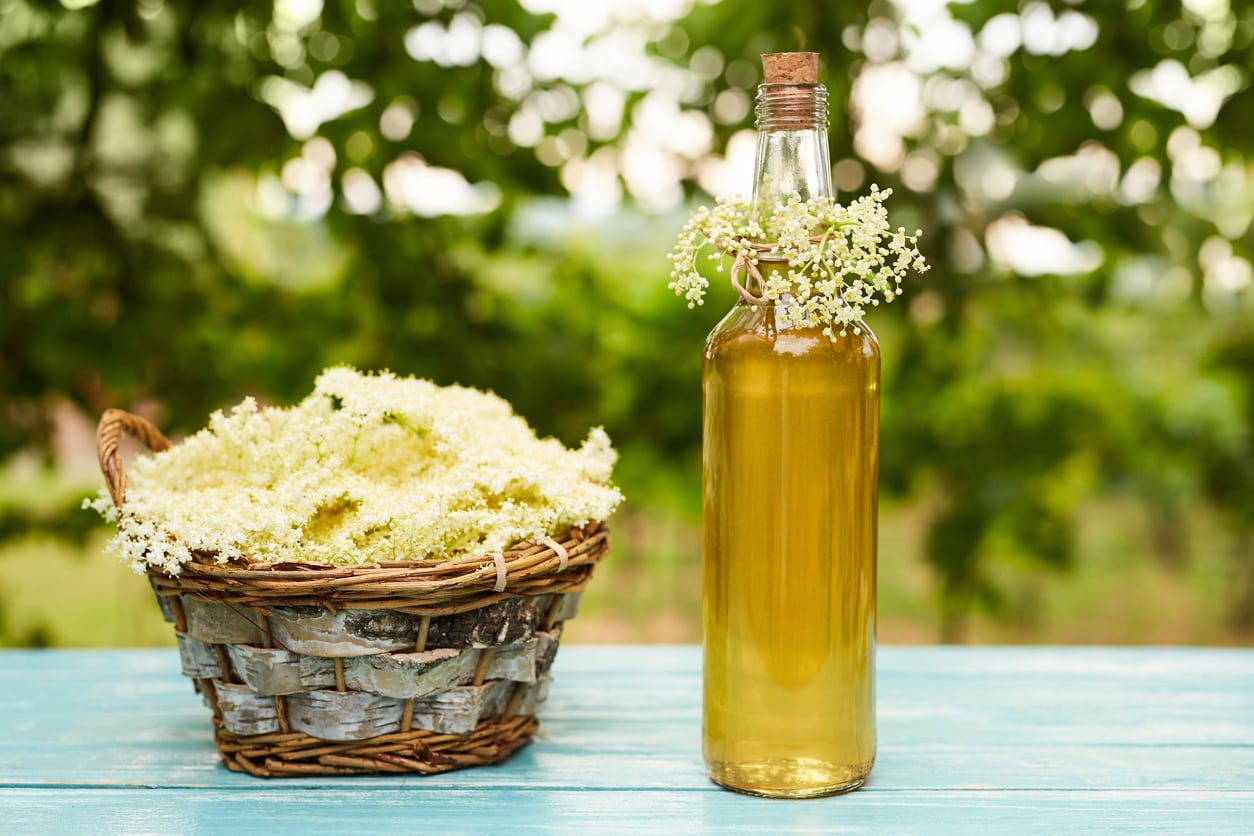 What To Do With Elderflowers: How To Use Elderflowers From The Garden
What To Do With Elderflowers: How To Use Elderflowers From The GardenMany gardeners and cooks know about elderberries, the small dark fruits that are especially popular in European cuisine. But before the berries come the flowers, which are tasty and useful in their own right. Click here to learn what to do with elderflowers.
By Liz Baessler
-
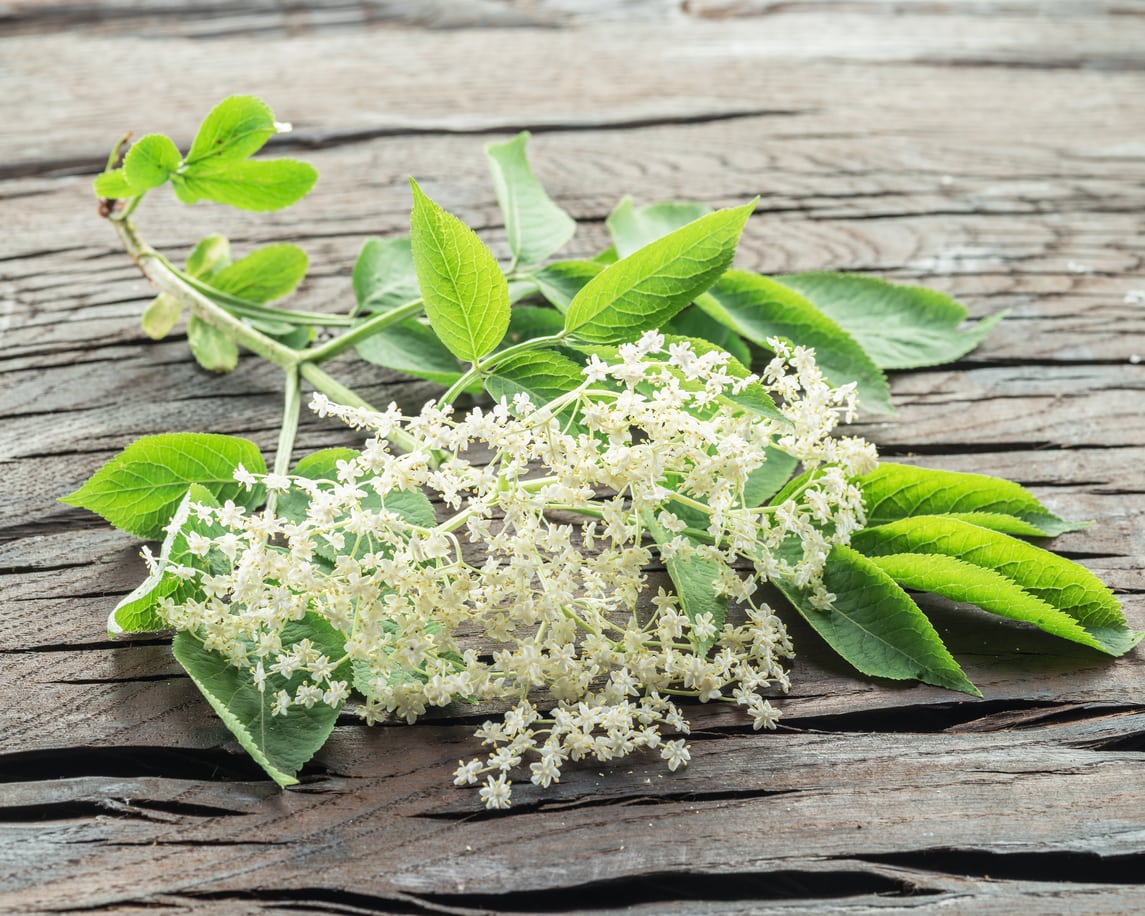 Elderberry Flowers – Growing Elderflowers In The Garden
Elderberry Flowers – Growing Elderflowers In The GardenElderberry is most well-known for its fruit, but you can also grow elderberries for their flowers. American elder is a fast-growing bush that will tolerate a variety of conditions and requires little care and maintenance. Learn more in this article.
By Mary Ellen Ellis
-
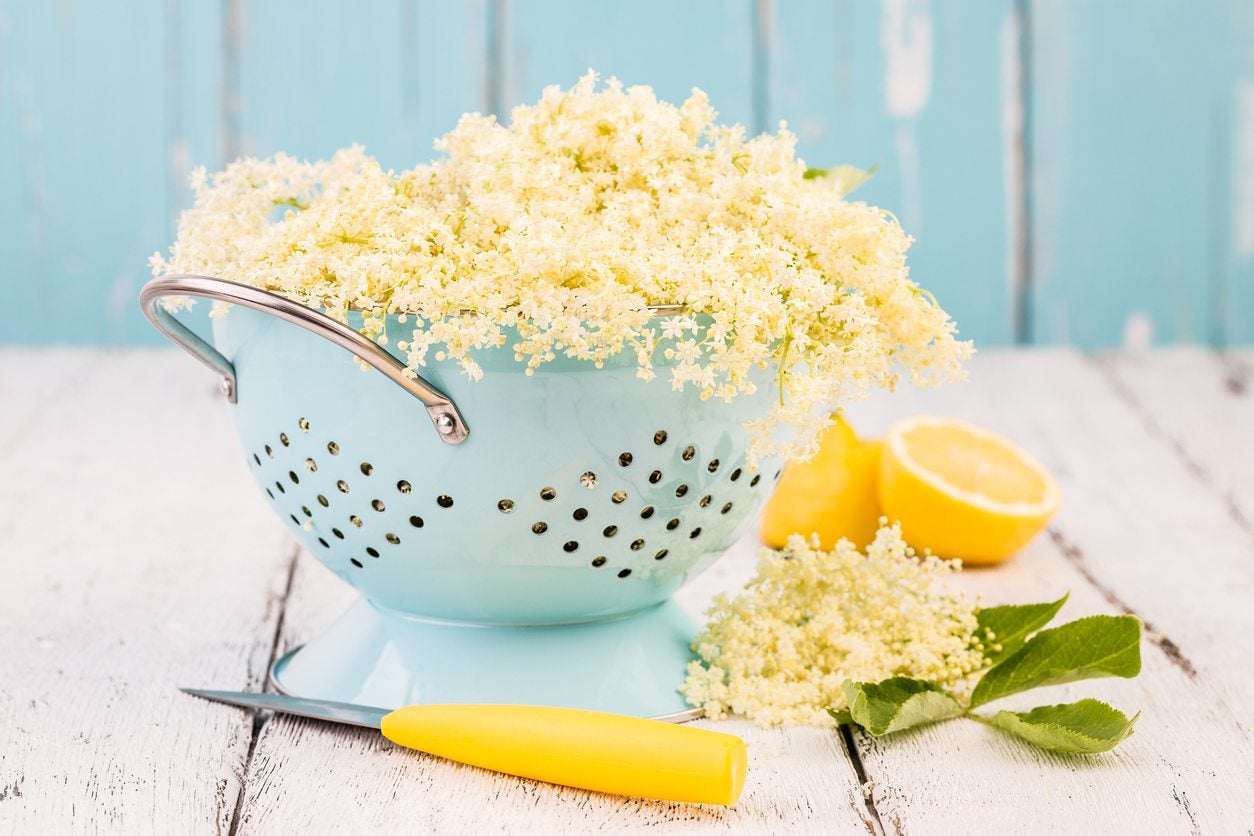 How To Harvest Elderflowers – Tips For Picking Elderflowers
How To Harvest Elderflowers – Tips For Picking ElderflowersElderflowers have a long tradition of use and colorful lore. They are most useful in herbal concoctions during flu and cold season. Picking elderflowers when in season and drying them is an excellent way to preserve them for fall and winter sick days. This article will help.
By Bonnie L. Grant
-
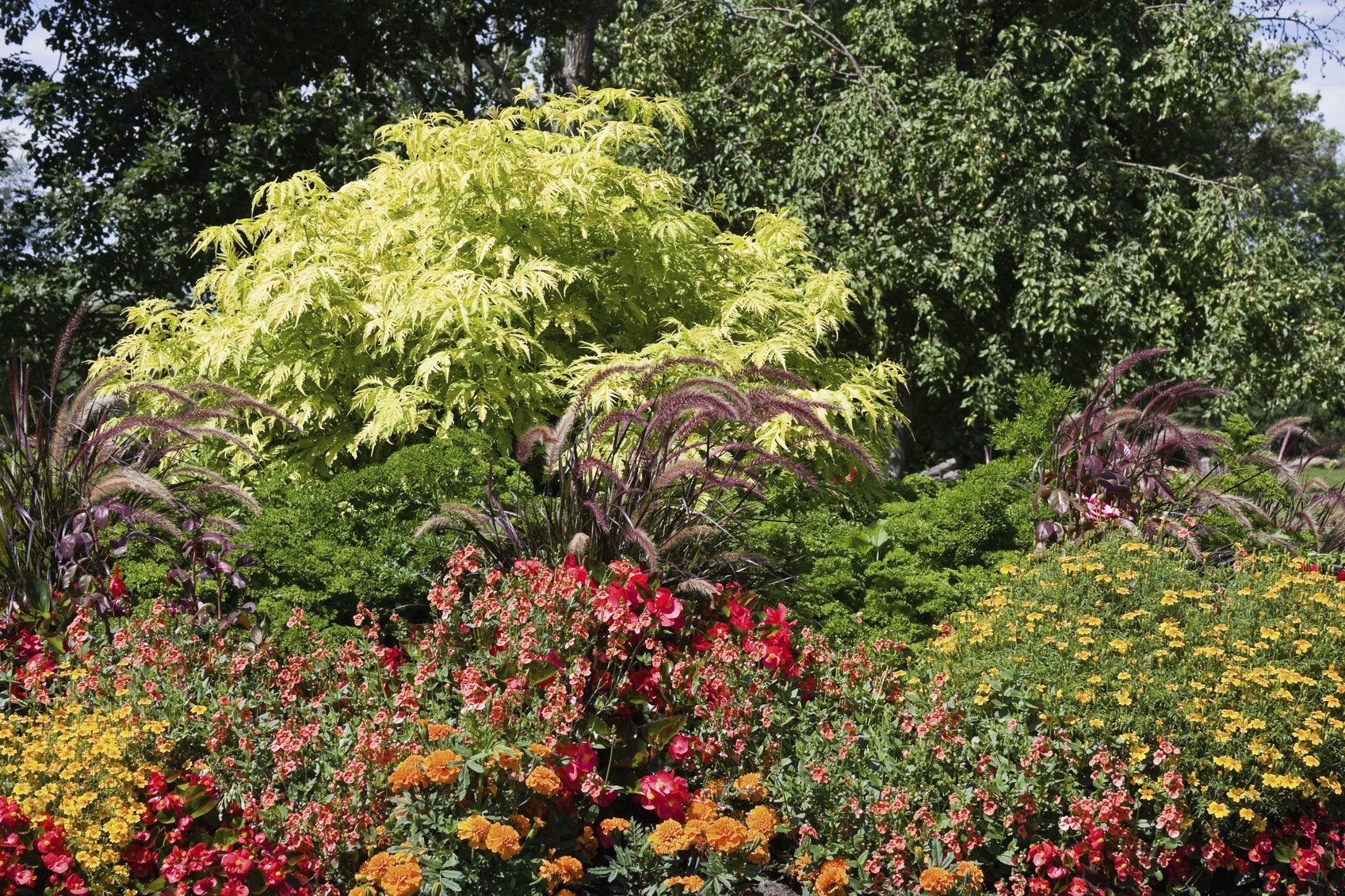 Elderberry Plant Companions – Tips On Planting With Elderberries
Elderberry Plant Companions – Tips On Planting With ElderberriesGardeners love elderberries because they attract pollinators, like butterflies and bees, and provide food for wildlife. These shrubs can be planted alone but look best with elderberry plant companions. What to plant with elderberries? This article will help.
By Teo Spengler
-
 Rooting Elderberry Cuttings: How To Propagate Elderberry Cuttings
Rooting Elderberry Cuttings: How To Propagate Elderberry CuttingsElderberries are woody plants, thus starting elderberry from cuttings is a simple and common method of elderberry propagation. How to propagate elderberry cuttings and when is the best time to take elderberry cuttings? Learn more here.
By Amy Grant
-
 Elderberry Bush Varieties: Different Types Of Elderberry Plants
Elderberry Bush Varieties: Different Types Of Elderberry PlantsElderberries are one of the easiest shrubs to grow. The shrubs are commonly found growing along the road, forest edges and abandoned fields. What types of elderberry plants are suited to your region? Find out in this article.
By Amy Grant